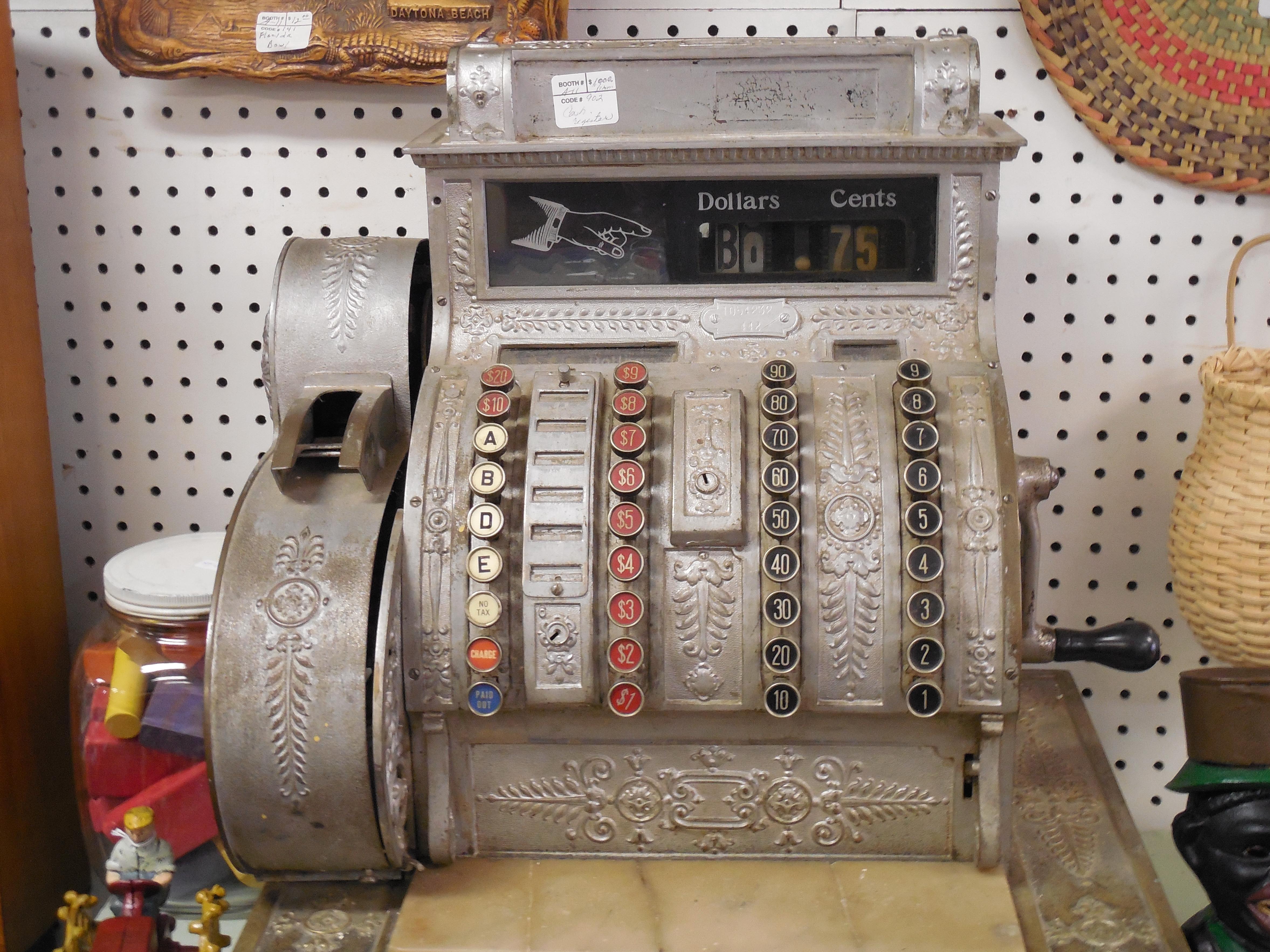
16 Jan The lower sales tax isn’t much for consumers
Photo: RebeccaMatthews/morguefile.comQ. The sales tax is lowered to 6.875 percent as of 2017. How do merchants deal with this uneven number? Does the law advise merchants to add up to the next penny, or roll down a penny? One way there is a slight advantage to the buyer. The other, to the state. Unless I am missing something, the only real benefit to the consumer will be on “big ticket” items where the slight percentage tax reduction might result in some dollars of saving.
— Savvy shopper
A. Pennies do matter, and the state’s website does directly address this issue.
Their answer to the dilemma is to round to the nearest cent, said Laurie Wolfe, a certified public accountant with Lassus Wherley in New Providence.
“The tax is calculated to the third decimal point. If that digit is five or higher, you round up to the next penny,” Wolfe said. “If it is lower than five, you round down. In this way, the hope is to average out the fractional amounts overall.”
Here’s the example on the state’s website:
“A seller has the option of calculating the tax due using either the tax bracket (See ST-75, Sales Tax Collection Schedule) or by multiplying the taxable receipts by the applicable tax rate and calculating the tax to the third decimal point. One-half cent ($0.005) or higher must be rounded up to the next cent; less than $0.005 must be dropped in order to round the result down.
“Example: Customer purchases flowers for $20.00 from seller. Seller must calculate the tax to the third decimal place as follows:
“$20.00 (flowers) x 0.06875 (sales tax rate) = $1.375
“The tax must be rounded to $1.38
“$20.00 (flowers) + $1.38 (sales tax) = $21.38
Seller must collect $21.38 from customer.”
In terms of whether there’s a real savings for the consumer, you’re correct. There isn’t much.
Wolfe said the savings on a $10 purchase is one penny, so unless you have a big ticket item, you are not going to feel it.
The savings to be seen is being sold by its promoters as having the potential to offset the gasoline tax, Wolfe said.
“The average cost to the consumer of the gas tax is often cited at $150 to $200, with the savings from the sales tax being said to average about $100 per household,” Wolfe said. “So it may be helpful to think more in terms of annual savings than on specific purchases.”
Email your questions to .
This post was first published in January 2017.
NJMoneyHelp.com presents certain general financial planning principles and advice, but should never be viewed as a substitute for obtaining advice from a personal professional advisor who understands your unique individual circumstances.
